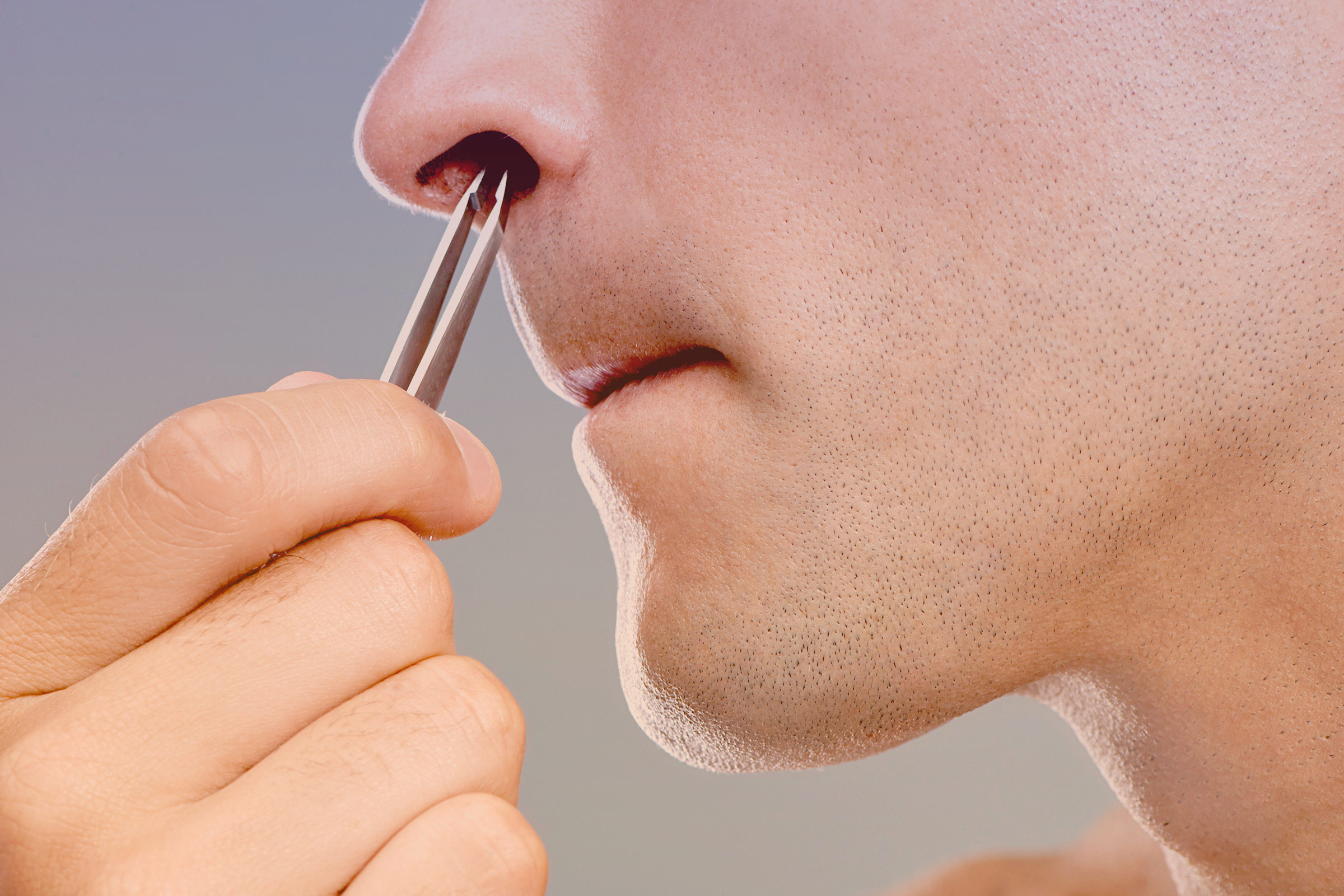Contents:
- Medical Video: Male Foley Catheter Insertion
- Who usually needs a catheter?
- Several types of catheters are used in medical processes
- What is the process of catheter installation?
- Tips for not getting too sick during the catheter installation process
Medical Video: Male Foley Catheter Insertion
Urine catheters may often be found in the form of a hose and a bag filled with fluid urine, next to the hospital bed and connected to each other with patients on it. Catheterization or catheterization, is the installation of a small thin tube that is inserted into the urethra, to make it easier for patients suffering from certain diseases so they can urinate easily. Can you imagine how it feels and is uncomfortable? Come on, see the explanation about installing a catheter below.
Who usually needs a catheter?
Catheters are generally needed when a person, who is sick in particular, is unable to empty their bladder. If the bladder is not emptied, urine will accumulate in the kidneys and cause damage and failure of kidney function itself.
The tool used in the catheterization process is a catheter hose. The catheter hose is a pipe-shaped device made of rubber or plastic. The function of the hose is to insert and remove fluid from your bladder. The bladder is a sac that serves to store or hold urine that changes in amount, which is supplied by a pair of urethra from a pair of kidneys in the body.
Several types of catheters are used in medical processes
- The function of the plastic catheter is temporary, because it is easily damaged and inflexible. Usually used when a person is only experiencing non-chronic pain.
- Latex catheters, used for use in the medium term (less than 3 weeks).
- Pure silicone catheter, for a long period of use of 2-3 months because the material is more flexible in the genital urethral tract.
- Metal catheters, used for temporary use, usually in emptying the bladder in mothers who give birth.
What is the process of catheter installation?
Catheter installation is the process of inserting a hose made of plastic or rubber through the urethra to the bladder (urinary vesica). How to?
- Catheter installation is done on a doctor's program, and is usually done in a sterile manner and is guaranteed by the doctor or nurse on duty.
- Previously, officers would open and clean the catheterization equipment and patient's genitals first.
- Well, the hose will be lubricated with certain lubricants to make it easier when inserted into the urethral duct.
- The hose will enter the nurse into the urinary hole (urethra).
- The catheter hose will be inserted until it reaches your bladder neck, about 5 cm. After this, you can immediately urinate using a catheter hose.
- Don't forget to empty the urine bag that is connected to your catheter every 6-8 hours.
Most catheter use is needed until patients regain the ability to urinate on themselves, usually for short use and non-severe health conditions. However, elderly parents and those who are permanently injured or have severe illness, may need to use a urine catheter for a much longer amount and sometimes use it permanently.
Tips for not getting too sick during the catheter installation process
You are advised to breathe as deep and as you can. You may imagine the feeling when you want to urinate. It will initially hurt when the tube enters, and will feel stomach ache, but will disappear for a long time.












